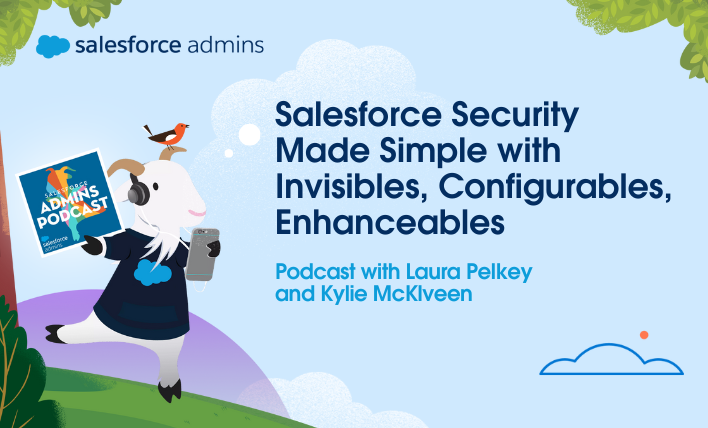Today on the Salesforce Admins Podcast, we talk to Garry Polmateer, CEO of Red Argyle, a Salesforce Consulting agency, and a member of the Salesforce MVP Hall of Fame. Join us as we chat about why admins need to be involved with cybersecurity at their organization and how to start planning. You should subscribe for […]






